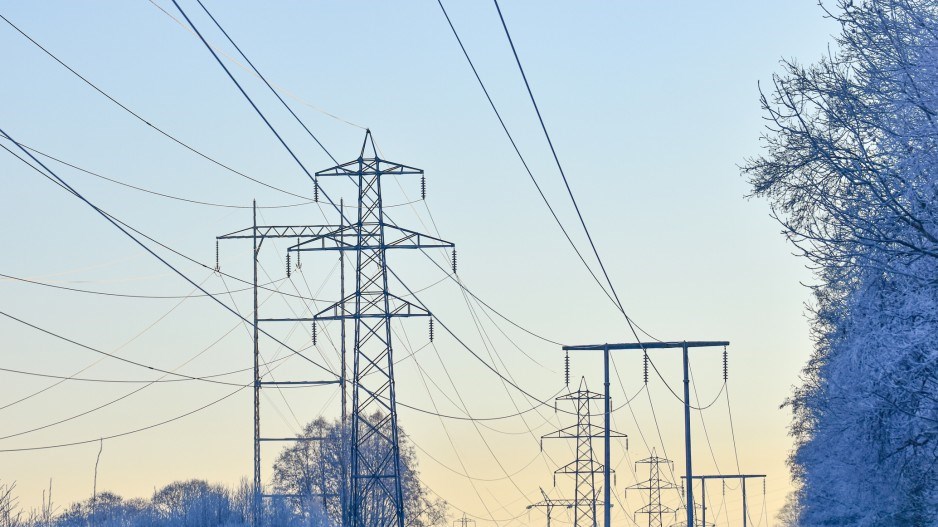British Columbia is on a dangerous trajectory. The looming crisis in energy supply will affect the lives of every resident of this province.
Our provincial government is aware of this. That’s why BC Hydro is planning a new call for power this spring, asking the private sector to help keep the lights on.
With a growing population and government policy calling for rapid electrification, there is an ever-growing need for new sources of electricity to enable new homes, businesses, transit options and electric vehicles.
Today, five million people call B.C. home, but that number will be dwarfed in the coming decades. The B.C. government has projected our population will grow to 6.5 million in 2041 – and this was before Ottawa raised its goal of welcoming new immigrants to 500,000 per year.
Our electricity generating capacity is showing its inadequacy for today’s needs – and when compared to the projected demand, it resembles a house of cards.
B.C. has been home to exciting energy stories in recent years, such as the Site C dam and LNG Canada project.
But we’ve become reliant on external sources of electricity. According to BC Hydro, 20 per cent of our electrical demand is being met by imports via aging transmission lines, mostly from the United States. We are exporting dollars to purchase electricity that might have been produced at home, supporting jobs and tax generation elsewhere rather than in B.C.
It’s worth noting that a majority (60 per cent) of electricity generated in the United States is derived from coal, crude oil and other sources that contradict B.C.’s decarbonization efforts.
Yes, below-average precipitation has exacerbated the issue by reducing hydroelectric output in British Columbia. Prudent planning for low water years would have taken this into account through more diversification.
While the long-awaited Site C dam will provide a welcome increase in hydroelectricity capacity when it opens (hopefully) in 2025, it’s not a silver bullet. Its anticipated annual output is only about half as much electricity as we have already imported this year. In other words, even if Site C was operating this year, we would still be shopping around for electricity from our American cousins.
B.C. should commit to building more generating capacity. The upcoming call for power is a step in that direction, but is only anticipated to be for 3,000 gigawatt hours of electricity – about a third of what we’ve imported this year.
And that’s before aggressive plans to mandate a 100-per-cent electric vehicle sales target and transition away from other forms of energy.
Simply put, we don’t have enough electricity to do everything the B.C. government is calling for in its CleanBC climate policy.
Of course, new projects take time. Government permitting, First Nations consultation and negotiations, financing and construction requirements add years to the process. The Site C dam was announced more than 13 years ago – and still isn’t finished.
Meeting decarbonization timelines requires dramatically reduced delays in getting projects built.
In the meantime, we need to be strategic in our deployment of existing electricity resources. We can’t electrify everything at once. Priorities need to set. What will deliver the most benefits (reduced emissions while maintaining reliability) at the lowest cost?
A dispassionate analysis needs to be undertaken, which is what we are working on at the Energy Futures Initiative.
In pursuit of climate action, the global context matters, as reinforced by the explicit reference to transition fuels at COP 28.
This mean we should be careful not to close the door to future energy options. The move by some municipal governments (Nanaimo, Burnaby, Victoria and Saanich) to effectively ban the connection of new homes and businesses to natural gas comes to mind. Renewable natural gas (from decomposing organic matter) is increasingly available, and many environmentalists are pinning their hopes on zero-emission hydrogen. Both can be delivered using traditional natural gas infrastructure – but only if it's allowed to be built.
We can reduce emissions, work to maintain affordability and enhance our economy to pay for health care and education.
But this path demands action instead of energy wishful thinking – and soon.
Barry Penner is chair of the Energy Futures Initiative. He previously served as B.C.’s minister of environment, minister of Aboriginal affairs and attorney general.




